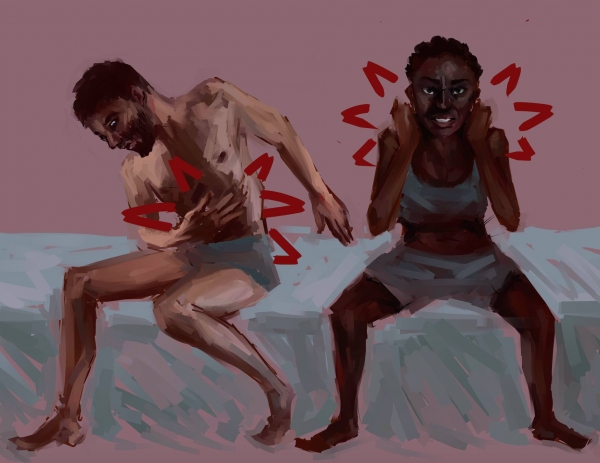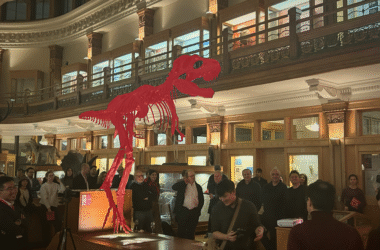Stereotypes may lead many to assume that women are more sensitive than men. However, recent findings on pain challenge conventional assumptions regarding the way men and women experience pain.
A recent study conducted by researchers from McGill and the University of Toronto exploring the role of memory in the transition from acute to chronic pain suggests that environments associated with previous trauma trigger increased sensitivity to pain. Moreover, the researchers found that men and women experience pain differently, which could have major implications for chronic pain management and treatment of chronic pain.
The study measured pain hypersensitivity in humans and mice to gain new insights into how they remember pain. Researchers administered heat to the forearms of human subjects who then rated the level of pain they were experiencing. Mouse subjects underwent a similar test to determine their sensitivity to heat.
“We used a test [on the mice] that’s very common called the ‘radiant heat paw withdrawal test,’” Jeffrey Mogil, professor in the Department of Psychology, said. “It’s basically a heat lamp that’s aimed [through glass] at an animal’s hind paw [….] At first, it’s just warm, but, at some point, that warmth changes to [greater heat]. As soon as the animal realizes that, it simply hops away, and we measure the amount of time it takes for them to do that.”
The results of the experiments show that men and male mice experienced noticeably higher levels of pain when they returned to the same environment for further tests. Conversely, when placed in new environments, neither humans nor mice of either sex showed greater sensitivity to pain.
Male hypersensitivity to pain may be a result of men remembering earlier pain more clearly than females. The differences in sensitivity are not inherent but, rather, a consequence of increased stress when recalling memories of pain.
To see whether the correlation between pain and location was a function of memory, the researchers injected male mice with a memory-blocking drug. They then conducted the experiment again and found that the injected mice did not exhibit increased sensitivity to pain when returning to the same environment. This apparent link between pain and memory could help to understand chronic pain in the future, supporting existing research suggesting that memories of pain have a significant impact on later perceptions of pain.
“In the future, and it’s even already started in [some] research, […] instead of trying to attack the pain directly, you would try to treat the memory of the pain […] either pharmacologically or psychologically,” Mogil said.
Chronic pain, lasting months or years, can be debilitating and force those who endure it to rely on careful pain management in their daily lives.
“At any one time, somewhere between 20 and 25 per cent, […] almost a quarter of the population, is experiencing chronic pain,” Mogil said.
Despite the many insights provided by this new study, including the importance of gendered treatment, many further discoveries lie ahead to fully understand the link between pain and memory. In particular, how people form memories of pain remains a source of further questions than answers.






